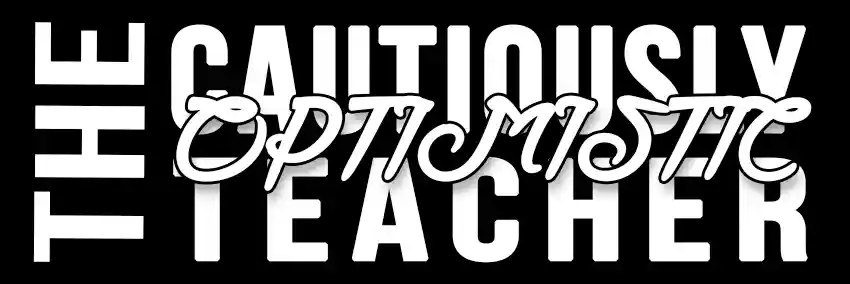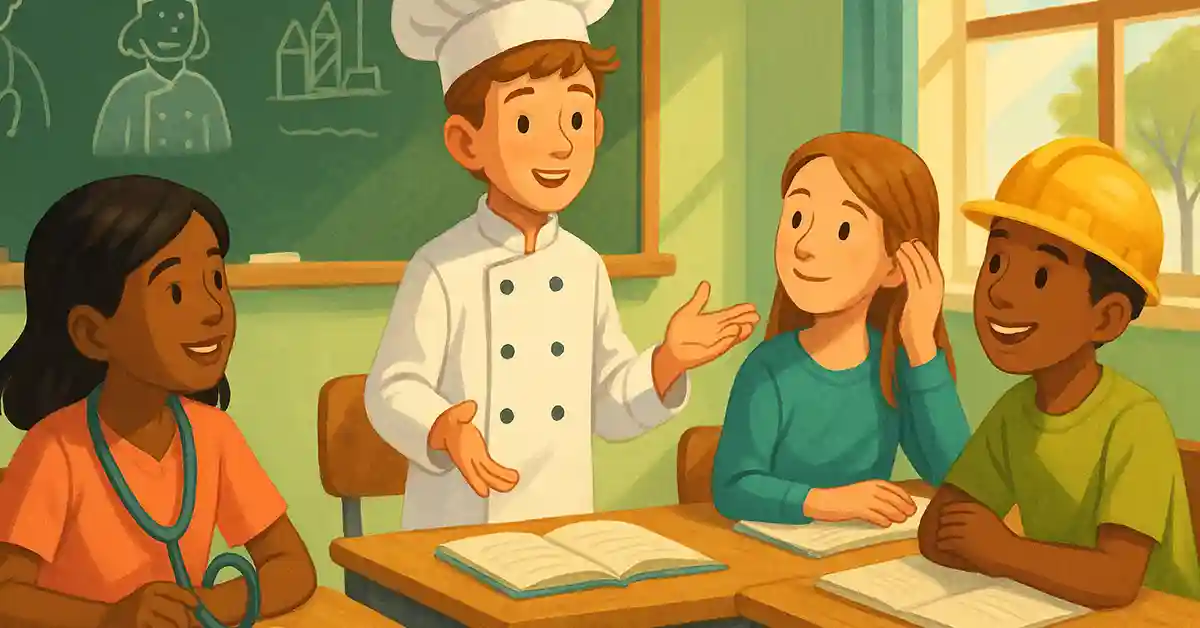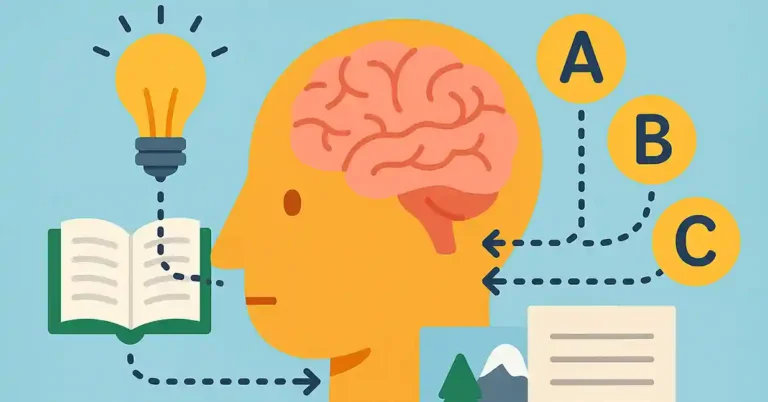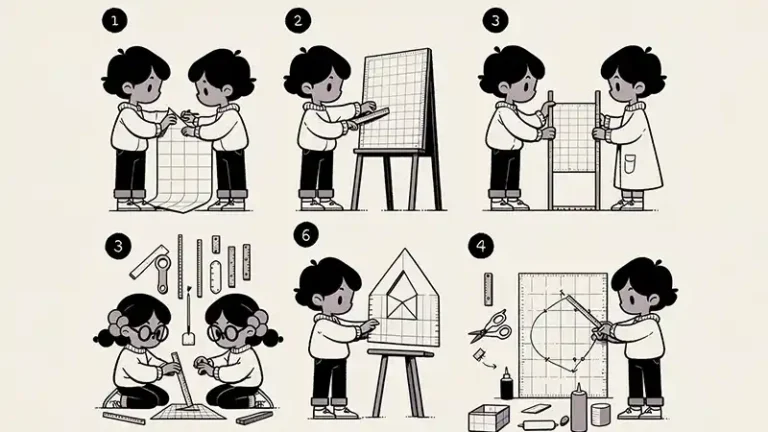Career Day Role Play Lesson: An Engaging Career Game
Choosing a career path can feel overwhelming for students, especially when their knowledge of the working world is limited to what they see around them. One of the most exciting ways to expand their understanding—and spark curiosity—is through an engaging career day role play lesson. This activity not only introduces students to a variety of jobs but also strengthens communication skills, builds confidence, and promotes critical thinking.
Why Career Role Play Works
Career exploration can sometimes feel abstract to students. Sure, they’ve heard of doctors, teachers, and maybe even engineers—but what does a mechanical engineer actually do? How does a veterinarian spend their day? These questions are often left unanswered in traditional classroom settings.
Role play adds a dynamic twist to career day. It transforms passive observation into active participation. Instead of simply listening to career talks or watching videos, students become the professionals for a short time. This helps them internalize the responsibilities, language, and mindset associated with different careers.
Plus, this kind of experiential learning is known to boost retention. When students act out their roles, the information sticks—and so does the excitement.
Objectives of the Lesson
Introduce students to a wide range of careers.
Help students practice communication and public speaking.
Foster empathy by encouraging students to consider different life paths.
Promote inquiry through peer questioning.
Develop a sense of possibility about future career options.
Materials Needed
Career cards: Each card lists a profession and a short description of the job’s primary duties.
(Optional) Props or accessories related to the professions (e.g., a stethoscope, construction hat, or calculator).
Notebooks or worksheets for students to take notes and ask questions.
(Optional) A timer or bell to signal activity transitions.
Creating the Career Cards
To make this activity work smoothly, you’ll need a stack of career cards that are clear, concise, and age-appropriate. Each card should include:
Job Title: e.g., Civil Engineer
Job Description: “Designs bridges, roads, and buildings. Uses math and science to solve real-world problems.”
Daily Tasks: “Meets with clients, draws up plans, checks construction progress.”
You might want to include a mix of familiar and less familiar professions—this ensures that students broaden their perspective. For example:
Nurse
Chef
App Developer
Archeologist
Social Worker
Journalist
Urban Planner
Paralegal
Auto Mechanic
Museum Curator
Try to represent different industries: health care, tech, public service, trades, media, and the arts.
Step-by-Step Lesson Plan
1. Introduction (10 minutes)
Begin with a class discussion about what students already know about jobs and careers. Ask:
What do your parents or guardians do for work?
What job would you love to try for a day?
Why do people choose certain careers?
Introduce the concept of role play. Let students know they’ll have a chance to step into someone else’s shoes today.
2. Distribute Career Cards (5–10 minutes)
Hand out the prepared career cards. Encourage students to take a minute or two to silently read their card and imagine a typical workday in that role.
You can ask them guiding questions like:
Where does your character work?
Who do they interact with?
What tools do they use?
3. Role Preparation (10 minutes)
Give students time to prepare a quick speech or explanation. They should be able to describe their role and answer questions like:
What do you do in a typical day?
What skills are most important for your job?
What education or training do you need?
You can provide a short scaffold or sentence starters to support students who might be shy or need more structure.
4. Role Play in Pairs or Small Groups (20–25 minutes)
Pair students up or group them into 3–4. Each student takes a turn sharing their “day on the job” while the others ask clarifying questions.
To encourage deeper discussion, provide students with a list of sample questions:
What’s the hardest part of your job?
Do you work alone or on a team?
What do you enjoy most?
How do you solve problems in your role?
Rotate groups halfway through to give students the chance to meet new professions and interact with more peers.
5. Reflection and Discussion (10–15 minutes)
After role playing, bring the class back together. Discuss:
Which professions surprised you?
Did anyone change their mind about a job they thought they wouldn’t like?
What careers would you like to learn more about?
Encourage students to reflect in their notebooks or complete a short worksheet with prompts such as:
The job I played today was…
One cool thing I learned about this job…
A job I’d like to try in the future…
Tips for Success
Differentiate for reading levels: Make sure all job descriptions are accessible. Use visuals or simplified cards for younger or struggling readers.
Encourage creativity: Allow students to invent some details based on what they know or imagine, as long as it’s reasonable.
Incorporate technology: Let students look up additional info on their role using safe research tools or curated websites.
Follow up: Invite real-world professionals for a Q&A session the next day, using the students’ role play experiences as a springboard.







